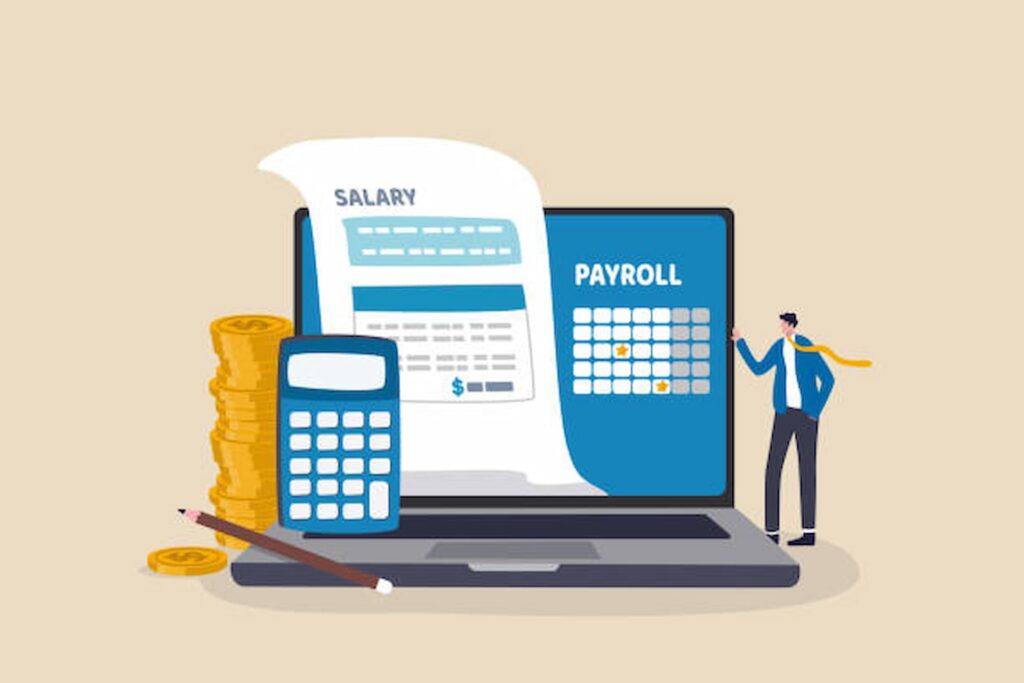Managing payroll can be daunting for any business, regardless of size. From calculating employee wages to ensuring compliance with tax regulations, payroll processing demands precision and efficiency. Fortunately, technological advancements have revolutionised the payroll landscape, offering innovative solutions to streamline the entire process. This article will explore how leveraging the latest technology can transform payroll operations, saving time, reducing errors, and enhancing overall productivity.
1. Automated Payroll Systems
Traditional payroll methods involving manual data entry are time-consuming and prone to errors. Outsourcing Payroll Services has emerged as a game-changer, simplifying the entire process from start to finish. These systems integrate seamlessly with time-tracking software and HR databases, allowing for accurate wages, deductions, and tax calculations. By automating repetitive tasks, businesses can significantly reduce the risk of human error and ensure compliance with regulatory requirements. Moreover, automated payroll systems offer real-time insights and reporting capabilities, empowering employers to make informed decisions and improve financial planning.
2. Cloud-Based Payroll Software
Cloud technology has revolutionised how businesses manage payroll operations. Cloud-based payroll software offers unparalleled flexibility and accessibility, allowing users to access and process payroll data anywhere. With cloud-based solutions, companies can eliminate the need for expensive hardware and software installations, as everything is hosted securely in the cloud. Additionally, cloud-based payroll software often has built-in security features and regular updates, ensuring data confidentiality and compliance with data protection regulations. By migrating to the cloud, businesses can streamline their payroll process while reducing costs and increasing scalability.
3. Mobile Payroll Apps
In an era dominated by mobile technology, mobile payroll apps have become increasingly popular among businesses of all sizes. These apps allow employees to view their pay stubs, submit time-off requests, and access crucial payroll-related information directly from their smartphones or tablets. Moreover, mobile payroll apps often have biometric authentication features, ensuring secure access to sensitive data. By empowering employees with self-service capabilities, mobile payroll apps can reduce administrative overhead and enhance employee satisfaction. Additionally, mobile apps enable real-time communication between employers and employees, fostering organisational transparency and accountability.
4. Integration With Accounting Software
Seamless integration between payroll and accounting software, including Payroll Services, can streamline financial processes and improve efficiency. By synchronising payroll data with accounting systems, businesses can easily automate journal entries, reconcile accounts, and generate financial reports. Integration also eliminates the need for manual data entry, reducing the risk of errors and ensuring data consistency across different departments. Furthermore, integrating payroll and accounting software, such as QuickBooks, Xero, or another compatible platform, gives businesses a holistic view of their financial health, enabling better decision-making and strategic planning. Choosing payroll software that integrates seamlessly with existing systems is essential for maximising efficiency and accuracy.
Conclusion
Embracing the latest technology is crucial for streamlining the payroll process and ensuring accuracy and compliance. Automated payroll systems, cloud-based software, mobile apps, and integration with accounting software offer innovative solutions to common payroll challenges. By leveraging these technologies, businesses can save time, reduce errors, and enhance productivity. Whether you’re a small startup or a large enterprise, investing in modern payroll technology is essential for staying competitive in today’s fast-paced business environment.

